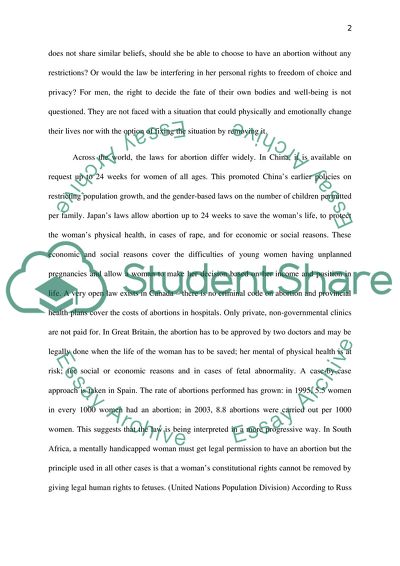Cite this document
(Abortion: the Law and Its Impact on the Rights of Young Women and Coursework, n.d.)
Abortion: the Law and Its Impact on the Rights of Young Women and Coursework. Retrieved from https://studentshare.org/law/1731516-legals-class-research-paper
Abortion: the Law and Its Impact on the Rights of Young Women and Coursework. Retrieved from https://studentshare.org/law/1731516-legals-class-research-paper
(Abortion: The Law and Its Impact on the Rights of Young Women and Coursework)
Abortion: The Law and Its Impact on the Rights of Young Women and Coursework. https://studentshare.org/law/1731516-legals-class-research-paper.
Abortion: The Law and Its Impact on the Rights of Young Women and Coursework. https://studentshare.org/law/1731516-legals-class-research-paper.
“Abortion: The Law and Its Impact on the Rights of Young Women and Coursework”. https://studentshare.org/law/1731516-legals-class-research-paper.


